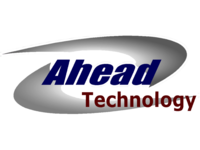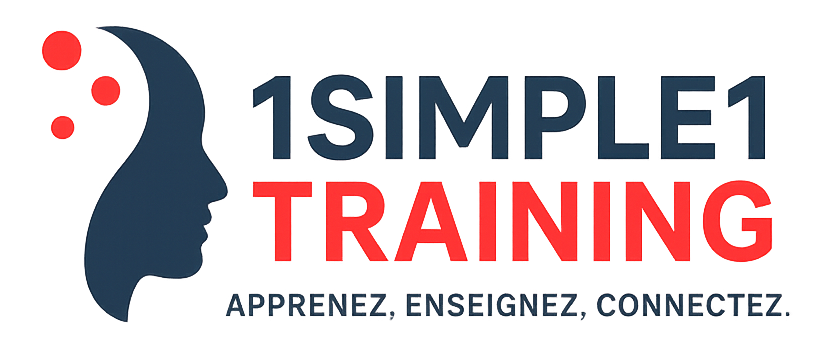SCRUM: ArchiMate® Foundation Course
Course Curriculum
13 sectionsThe SCRUM: ArchiMate® Foundation Course is a training and certification course.
Candidates will be required to follow the training in self-study mode or online at their convenience, considering the 06 to 12-month training and certification deadline.
Pre-recorded videos and materials are made available to the candidate for further training. Candidates will also have access to an examination questionnaire to help them prepare for the exam.
ArchiMate® is a free and independent modeling language offered by The Open Group®.
Aligned with the terminologies of TOGAF® (The Open Group®'s Enterprise Architecture Framework), ArchiMate® covers the full range of modeling needs of each phase of the enterprise architecture development lifecycle, as described in the framework. Among other benefits, ArchiMate® provides a set of points of view to help communicate with stakeholders and make decisions about changes.
This training provides participants with a first understanding of the ArchiMate repository as well as concrete practical examples of concepts and principles using the ArchiMate®® tool. It also prepares students for the "ArchiMate® 3 Part 1" certification to obtain The Open Group®'s Archimate® 3 Foundation certification.
Not applicable
Is aimed at, but is not limited to, the following profiles:
· Enterprise Architecture Program Managers and Members
· IT professionals involved in architecture projects
· architects and urban planners of the IS
· anyone else wishing to acquire the key concepts of ArchiMate®.
· Understand the concepts and terminology of ArchiMate® 3.
· Be able to use this language in the development of enterprise architecture project templates.
· Prepare for the "ArchiMate® 3 Part 1" exam.
Face-to-face or distance learning.
No prerequisites for this training. However, an initial knowledge of enterprise architecture and the TOGAF® framework is recommended
Introduction
· Introduction to the Archimate® modeling language.
· Requirements and certifications.
Concepts and definitions
· Reminder of what Enterprise Architecture is.
· Key concepts of Enterprise Architecture.
· Definitions.
· Examples of modeling.
Language Structure
· Archimate® Concept Hierarchy.
· The 6 layers of the Archimate® language.
· Core Framework et Full Framework.
· Differences between concepts and notation.
· Colors and rating indices.
Generic metamodel
· Presentation of the aspects: Active structure, behavior, passive structure and motivation.
· Elements and notation of the active structure.
· Elements and notation of behavior.
· Elements and notation of the passive structure.
· Motivation and composite elements.
Relations
· Relationship Overview
· Structural relations.
· Relationships of dependence.
· Dynamic relationships.
· Other types of relationships
· Relational connector.
Motivation
· The structure of the metamodel of motivational elements.
· Definition and scoring of motivational elements.
· Relations between motivation and the Core.
The 6 layers of language
· Strategy layer:
▪ The structure of the metamodel of the strategy elements
▪ Use of policy elements
▪ Relationships between the policy elements, the core, and the motivational elements.
· Business Layer:
▪ The structure of the metamodel of the business elements
▪ Working with items in the Business layer
▪ Distinguishing between active, behavioral, and passive structure elements in the Business layer.
· Application Layer:
▪ The structure of the application layer metamodel
▪ Working with Application Tier Elements
▪ Distinguishing between active, behavioral, and passive structure elements in the Application layer.
· Technology Layer:
▪ The structure of the Technology layer metamodel
▪ Use of Technology layer elements
▪ Distinguishing between active, behavioral, and passive structure elements in the Technology layer.
· Physical layer:
▪ The structure of the metamodel of the Physical layer
▪ Use of elements in the Physical layer
▪ Distinguishing between active, behavioral, and passive structure elements in the Physical layer.
· Relationships between the business layer and the lower layers, relationships between the application and technology layers.
· Implementation and Migration layer:
▪ The structure of the Metamodel of the Implementation and Migration layer
▪ Use of the elements of the Implementation and Migration layer
▪ Relationships with other aspects and layers for the Implementation and Migration elements.
Stakeholders, Views and Views:
· General concepts related to the mechanism of views and points of view.
· Conceptual model of an architectural description.
· Architectural views and viewpoints.
Preparation for the "ArchiMate® 3 Part 1" exam
The "ArchiMate® 3 Part 1" exam is taken in deferred and English at a Pearson VUE center. It consists of a 60-minute MCQ (90 minutes if English is not the native language), with 40 questions. A minimum score of 60% is required to pass the exam.
The exam will be 100% online.
Candidates will be asked to come to 1simple1's premises or take the exam in our accredited exam room, where they will be supervised in real time, or you can take it from your home.
The exam lasts 60 to 90 minutes.
Once you have passed the exam, a certificate will be issued if you meet all the requirements for the selected title.
No object

